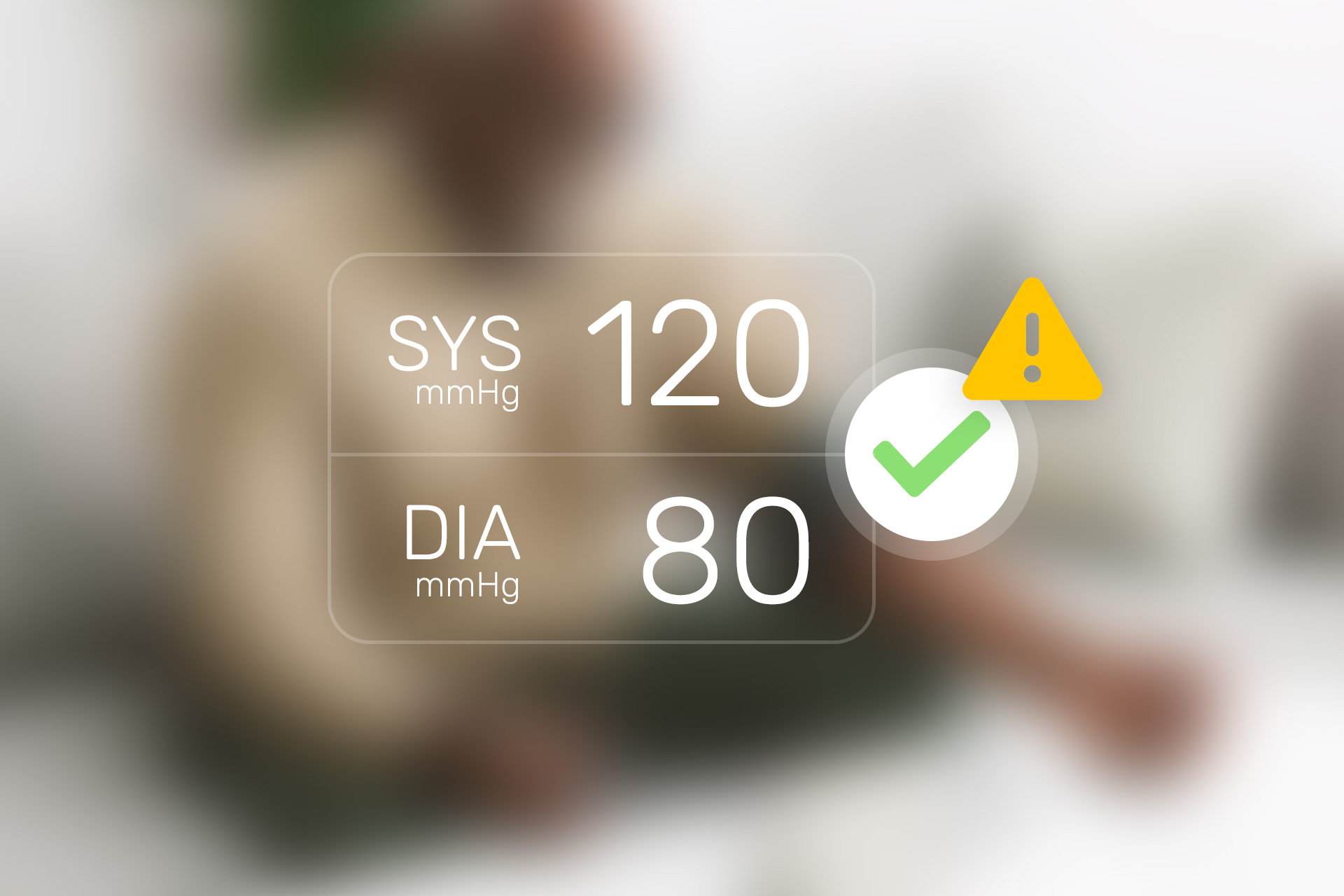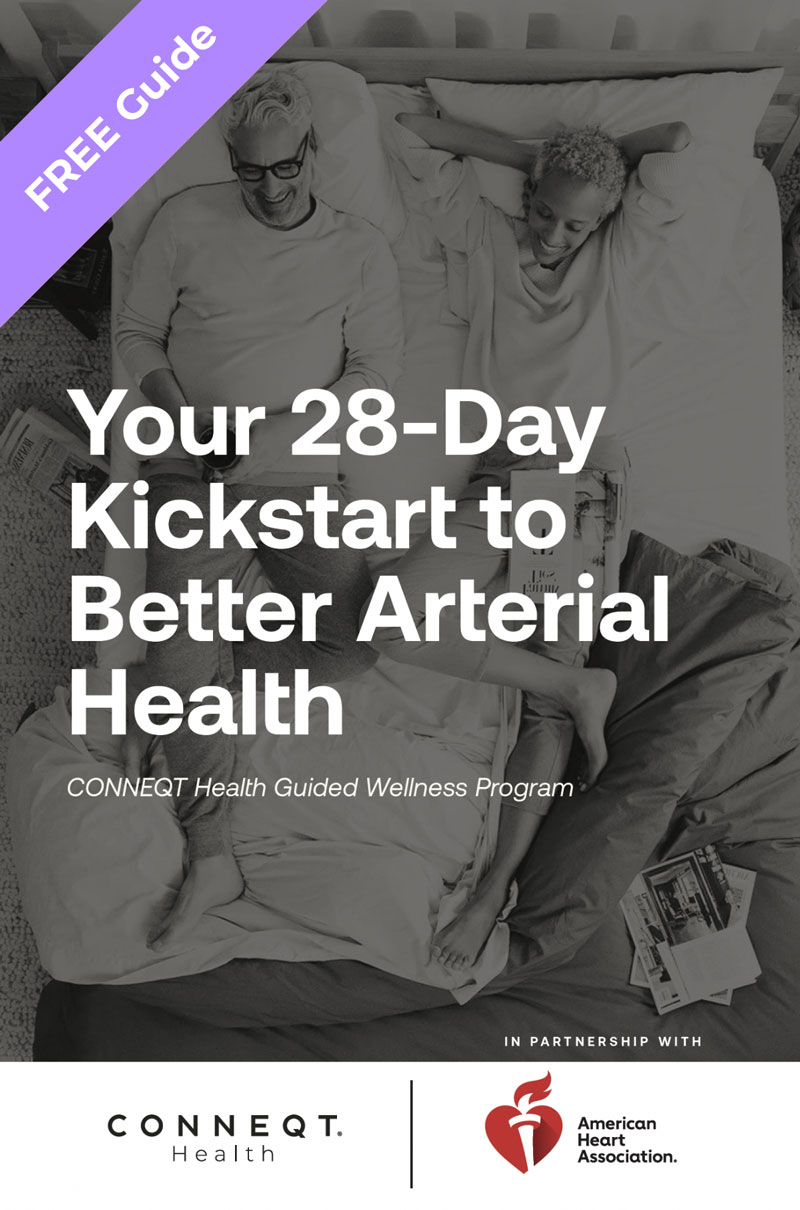Millions of people walk out of a clinic reassured by “normal” blood pressure numbers. The cuff says you’re fine, so you assume your heart is safe. But cardiologists know that these surface readings can miss the earliest and most dangerous signs of trouble.
Half of cardiac deaths happen in people with no warning and no prior history of heart disease. The problem isn’t that their blood pressure was normal. The problem is that the wrong signals were being measured.
Normal at the arm doesn’t mean normal at the heart — as Dr. John Cockcroft of Columbia University Medical Center reminds us: “You don’t die of an arm attack — you die of a heart attack.”
The Danger Lurking Behind ‘Normal’ Numbers
A normal reading at the arm can mask central blood pressure that is quietly higher, ignore arteries that are stiffening under the surface, and miss a heart muscle that is demanding more oxygen than it receives.
The hidden cost of normal is complacency. Patients walk away believing they’re safe when strain is building silently. And by the time symptoms appear, the damage is often done.
The danger isn’t the number itself; it’s what the number leaves out.
Why Cardiologists Look Beyond the Cuff
Physicians are increasingly turning to central blood pressure and arterial stiffness because those signals change the way hypertension is managed.
Cardiology leaders like Dr. Mark Houston, who directs a vascular biology program, say that central aortic pressure readings have “transformed the way we treat hypertension,” allowing therapy to be targeted where it matters most: inside the arteries themselves.
Hunter Champion, another preventive cardiologist, adds that watching stiffness trends can significantly improve treatment decisions. If arteries become more flexible with therapy, it shows the treatment is working. If stiffness stays high despite “normal” arm readings, it signals the need to adjust the plan.
Deeper data doesn’t just reveal hidden risk. It reshapes care in real time.
But this sophistication raises a critical question: if these insights are complex enough to transform specialist care, can everyday patients actually handle them?
Translating Complex Heart Data for Everyday Use
Some in the tech world question whether more cardiovascular data might overwhelm patients. WIRED captured this anxiety of self-tracking with the question: “Do you really want to know?”
When asked whether non-cardiologists could make sense of the Pulse’s data, Catherine Liao, CONNEQT’s Chief Strategy Officer, said education would be an important part of adoption. She noted that once people understand the basics, many data-driven users could incorporate the information as part of maintaining heart health as they age.
Patients are ready for the data. The challenge is making it clear, comprehensible, and actionable.
How the CONNEQT Cardiology Report Translates Numbers Into Action
That clear presentation is exactly what the Cardiology Report inside the CONNEQT Health app delivers. Hailed by health insiders as the first consumer-facing cardiology report, it distills complex arterial readings into a clear summary, provides a comprehensive risk profile, and offers guidance ranging from lifestyle changes to when a doctor should be consulted.
As Craig Cooper, CONNEQT’s CEO, told Fitt Insider, the goal is to translate the Pulse’s biometric data into an intuitive report so people can “proactively manage their cardiovascular health beyond the confines of the clinic.” The report is not a one-time snapshot but a feedback loop, showing how habits or therapies are influencing metrics over weeks and months. And for physicians, it includes a concise, doctor-ready page that explains what each biomarker means and why it matters.
This isn’t wellness trivia. It’s actionable intelligence once reserved for specialists.
Guided Wellness Programs: Building Heart-Healthy Habits
Of course, understanding your data is only the first step. Real change comes from what people do every day. That’s where Guided Wellness Programs in the CONNEQT Health app come in. These structured, evidence-based programs are designed to help users build heart-healthy habits, with a focus on lowering sodium, getting active, managing stress, and improving sleep.
Instead of vague advice, participants get step-by-step prompts that build over time. Daily actions accumulate into lasting routines, laying the foundation for long-term improvement.
Prevention isn’t an annual checkup. It’s a daily rhythm.
Redefining What “Normal” Blood Pressure Really Means
This daily rhythm of prevention changes everything about what “normal” should mean. The phrase “within normal limits” should no longer lull people into false comfort. A single cuff reading is a snapshot, not a roadmap.
The hidden cost of normal is assuming you’re safe when your arteries are quietly straining.
Central blood pressure, arterial stiffness, and oxygen supply to the heart are the signals that reveal the truth. With CONNEQT Health, they are now visible at home, every day.
Normal should mean safe. With the right data, it finally can. The question is no longer whether you can see what’s happening inside your arteries. It’s whether you’ll choose to look.







